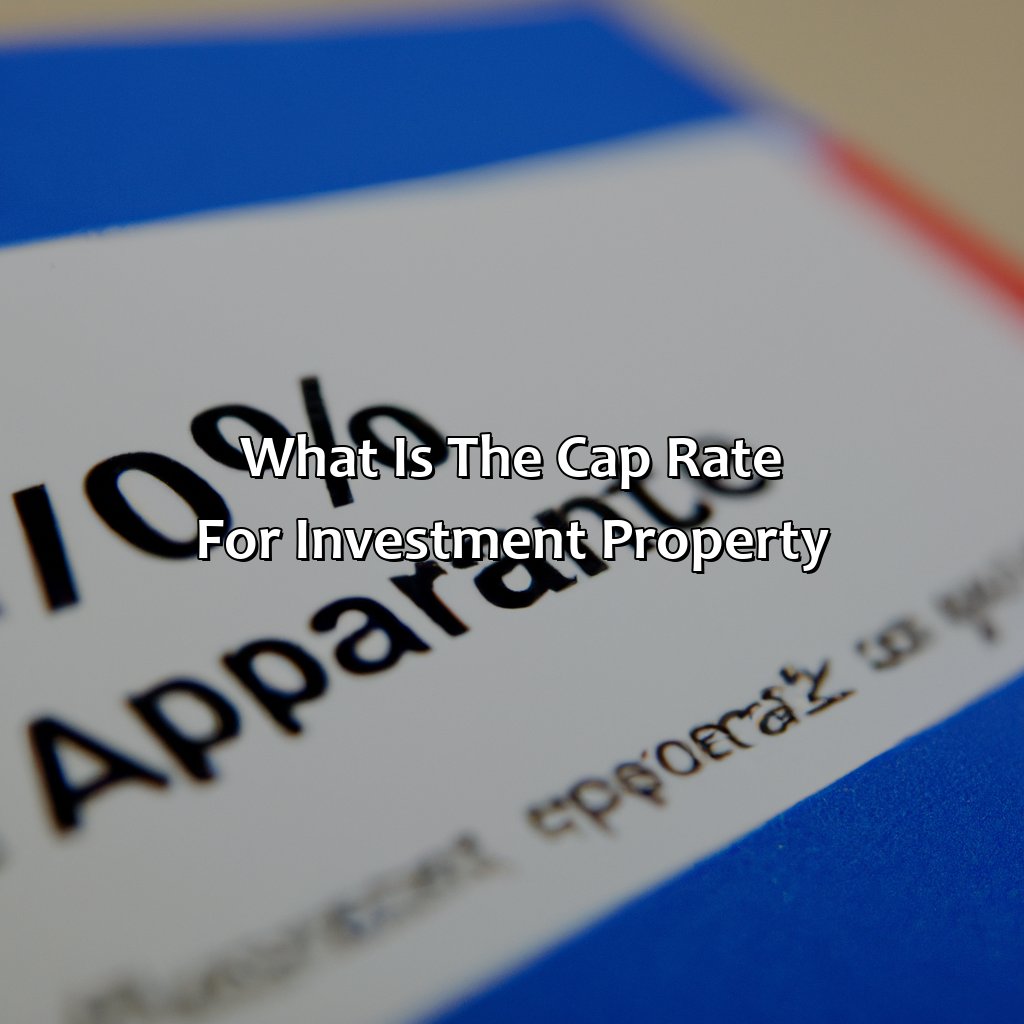What Is The Cap Rate For Investment Property?
Key Takeaway:
- Cap rate is a crucial metric for real estate investors to assess the profitability of a potential investment property. It allows investors to compare different properties based on their relative value and potential return on investment.
- The cap rate formula is the property’s net operating income divided by its market value. This formula provides an estimate of the property’s potential return, which can be compared to other investment opportunities to determine its attractiveness as an investment.
- The factors that affect the cap rate include the location and condition of the property, the economic conditions of the market, and the level of risk associated with the investment. Investors must weigh these factors carefully when determining a property’s cap rate and potential for return.
Are you considering investing in property but don’t know the cap rate? Get the answers you need to guide your decision-making with this comprehensive overview of the cap rate, its uses, and how to calculate it. You’ll be well-equipped to make informed decisions about your investments.
Understanding Cap Rate for Investment Property
Cap Rate is a crucial metric that determines the profitability of an Investment Property. It calculates the expected rate of return of an asset, without taking into account any debt financing. Understanding the Cap Rate for Investment Property is crucial in making wise investment decisions. The formula for Cap Rate is Net Operating Income (NOI) divided by the property’s Market Value.
To calculate the Cap Rate of an Investment Property, one must consider various factors such as location, age of the property, rental income, and expenses. A low Cap Rate indicates that the property is overpriced, while a high Cap Rate indicates that it is an attractive investment. Thus, Cap Rate becomes a significant factor to consider while investing in Real Estate.
The Cap Rate of an Investment Property is not static, and it may vary over time. Changes in the market can affect it positively or negatively. Thus, investors must regularly evaluate the Cap Rate of their assets to make informed decisions.
According to Forbes, “The Cap Rate is a metric that investors consider before investing in a property, as it helps them assess the potential return on the investment.” Therefore, it is essential to have a good understanding of Cap Rate for Investment Property before investing.
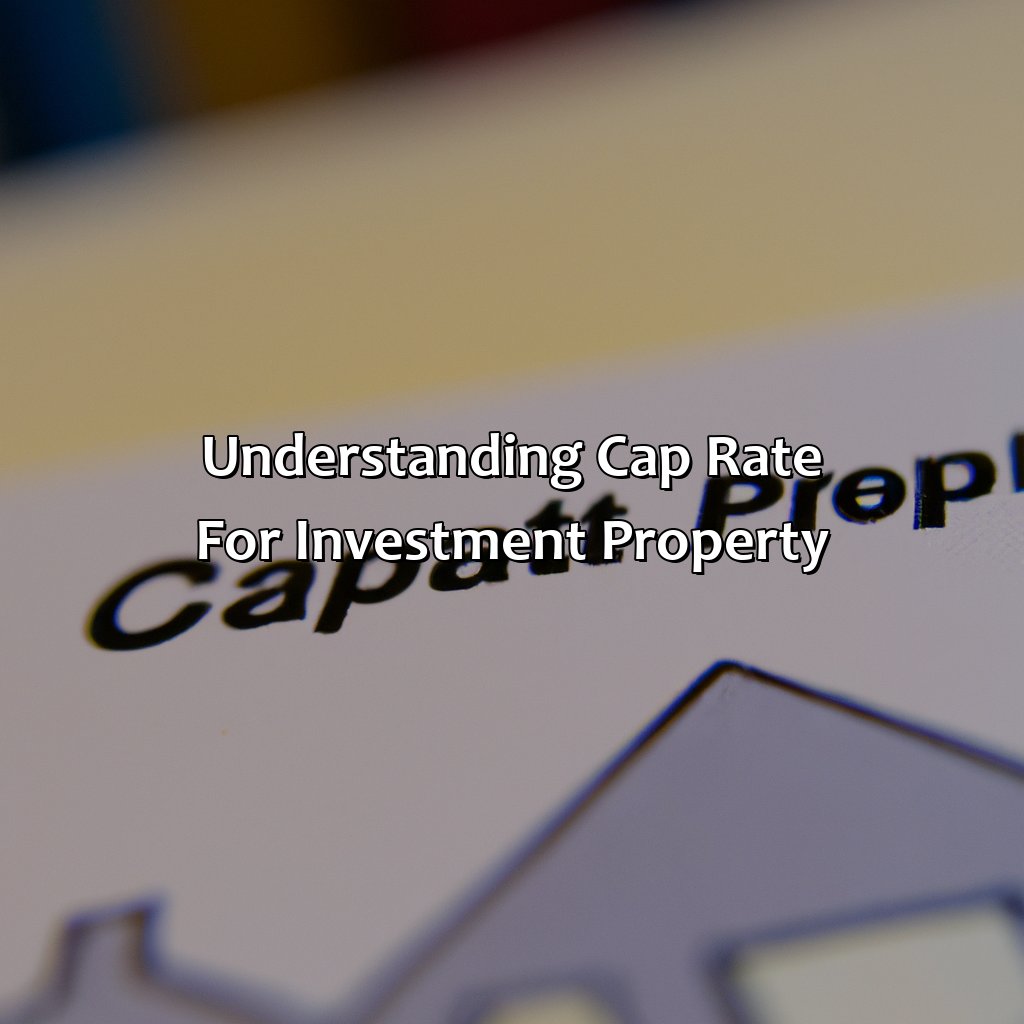
Image credits: retiregenz.com by Harry Duncun
Definition of Cap Rate
Unlock the meaning of cap rate in real estate investing. Get to know the formula and grasp the significance of cap rate as a measure of a property’s value. The cap rate formula and its importance in real estate investing will be explained in the following sections.
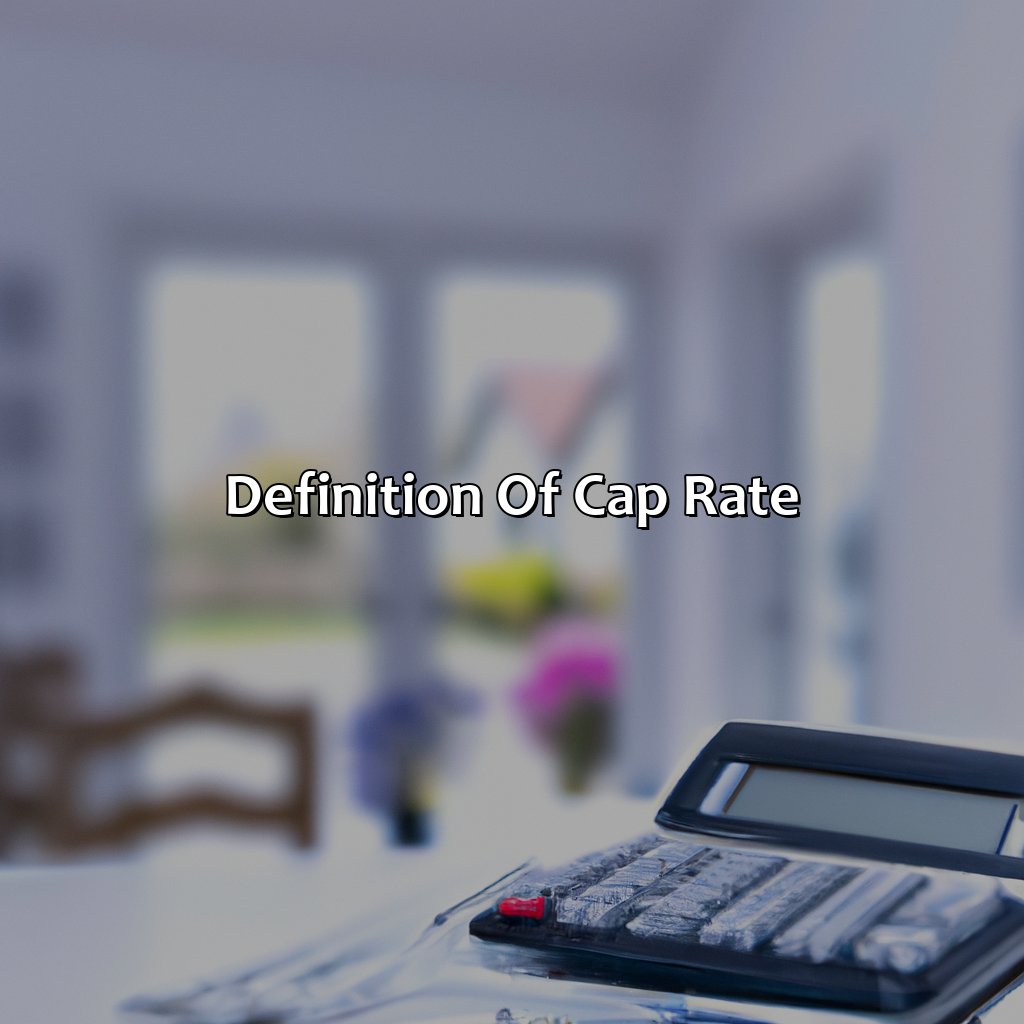
Image credits: retiregenz.com by Yuval Arnold
Cap Rate Formula
Cap Rate Calculation Method
To compute a cap rate, the formula is to take Net Operating Income (NOI) and divide that by the property’s current market value. It tells investors what return they can expect from their investment.
A Table representing cap rate formula:
| Formula | Calculation |
|---|---|
| Cap Rate | NOI / Property Value |
It is critical for real estate investors to be aware of this method since it aids in determining how quickly they will recover their investment. The cap rate calculation is also crucial when comparing various investment properties to select the best one.
Investors may modify their expected return on equity or desired price to earn income using this technique to arrive at a reasonable property value or estimating an appropriate offer price based on expected returns.
For example, an individual had two distinct homes with rental earnings of $20,000 each year but different values: one worth $1 million and another $500,000. They may use the cap rate formula to compare Investment A’s RoI to Investment B’s RoI.
Investing in real estate without understanding cap rate is like trying to play chess blindfolded – you might make a move, but chances are, it won’t end well.
Importance of Cap Rate in Real Estate Investing
Cap rate is a significant metric in real estate investing that determines the profitability of an investment property. Measured as the ratio between net operating income and property value, Cap Rate allows investors to compare properties and estimate their returns. Understanding the importance of Cap Rate is essential for investors to make informed decisions about purchasing properties.
Investors must calculate the cap rate before investing as it can help them identify profitable investment opportunities. The cap rate helps investors evaluate risk because more substantial investments require larger rates of return. A high Cap Rate indicates a higher return on investment, and a low cap rate suggests a lower return on investment which can help investors avoid bad deals.
Understanding how different market trends affect cap rates can help investors make informed decisions. To get optimal results in real estate investing, having a clear understanding of factors like location, market competition, and occupancy rates are crucial when using Cap Rate as a benchmark to identify and analyze opportunities.
To succeed in real estate investing, it’s important to focus on placing less capital into financing expenses like loan payments. Opting for cash-only transactions or loans with more affordable interest rates can positively impact the property’s net income while increasing the cap rate. Mitigating prolonged vacancies through proactive tenant recruitment and retention initiatives is also key.
In summary, paying attention to Cap Rate when studying potential investments allows for data-driven decision-making that leads to profitable investing decisions. Combining knowledge of various real estate factors with careful financial planning will no doubt lead to success in this field.
Cap rates may fluctuate, but the factors affecting them are as predictable as a horror movie plot twist.
Factors Affecting Cap Rate
To grasp Cap Rate in investment properties, evaluate the property’s spot and condition. Additionally, consider the existing economic pattern. Breaking it down, two areas will help pinpoint and study the aspects that affect Cap Rate. As a result, you can make sound decisions regarding your investment approach.
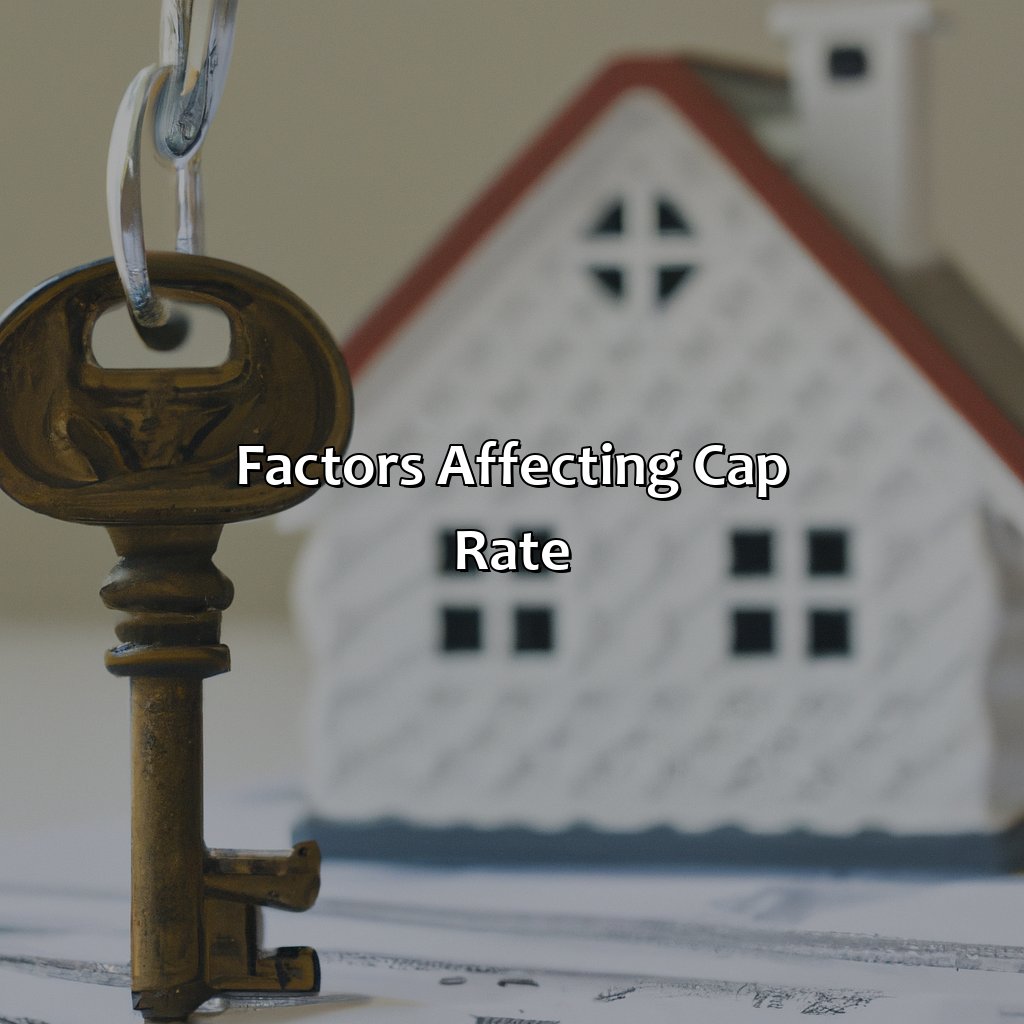
Image credits: retiregenz.com by Joel Jones
Location and Condition of Property
To consider investing in a property, understanding its location and condition is crucial. Both factors have a significant impact on the cap rate for an investment property. A cap rate is determined by dividing the net operating income (NOI) of a property by its current market value.
As shown in Table 1 below, there are several aspects to consider when evaluating the location and condition of a property.
| Location | Condition |
| Neighborhood safety | Maintenance needs |
| Proximity to amenities | Age of structure |
| Accessibility to transportation | Degree of renovation needed |
Table 1: Factors Impacting Location and Condition
Furthermore, considering the unique zoning requirements and building codes in the specific area can also affect the valuation of a property. For instance, if a property requires additional renovation or repair costs due to compliance with building codes, it may negatively affect its value.
According to history, understanding the significance of location was not always considered critical for investors. In earlier times, investors primarily focused on acquiring assets that generated high cash flow without assessing their location or condition thoroughly. However, as time progressed, investors realized that the location and condition play an important role in determining the cap rate for an investment property.
When economic conditions are rough, even a high cap rate won’t stop your investment property from feeling like a sinking ship.
Economic Conditions
The economic climate plays a crucial role in determining the cap rate for investment properties. The prices of commodities, employment opportunities and inflation rates are some of the significant factors that influence economic conditions. As these conditions fluctuate, so do cap rates.
Apart from the overall economy, local factors such as supply and demand also affect the cap rate. If there is plenty of property for sale relative to the number of buyers, then sellers may drop their listing prices resulting in lower cap rates, and vice versa.
It is important to note that emerging technologies can cause ripple effects on companies across various industries, thereby affecting supply and demand which can impact an investment property’s cap rate.
To illustrate, during the COVID-19 pandemic-induced lockdowns where brick-and-mortar businesses suffered a great deal due to health concerns or immigration policies, there was an increase in demand for online shopping platforms such as Amazon. As this company’s market value rose significantly, investors found that their investments in Amazon warehouses paid off handsomely with lower risk associated with long lease terms and impeccable creditworthiness by tenants. This shift in demand led to increased competition among buyers causing cap rates to get compressed.
In summary, it is essential that investors keep up-to-date with changes within both the macroeconomic climate and specific locations in which they wish to invest as various economic conditions come into play when evaluating an investment property’s potential returns.
Get your calculators out, folks, it’s time to crunch some cap rate numbers and see if that investment property is worth its weight in gold.
How to Calculate Cap Rate
Calculating the cap rate for investment property? Divide the process into two sections. Gather relevant info first. Then, apply the formula. Get informed to understand and complete the calculations. Let’s discuss the value of gathering the necessary information before moving onto the formula!
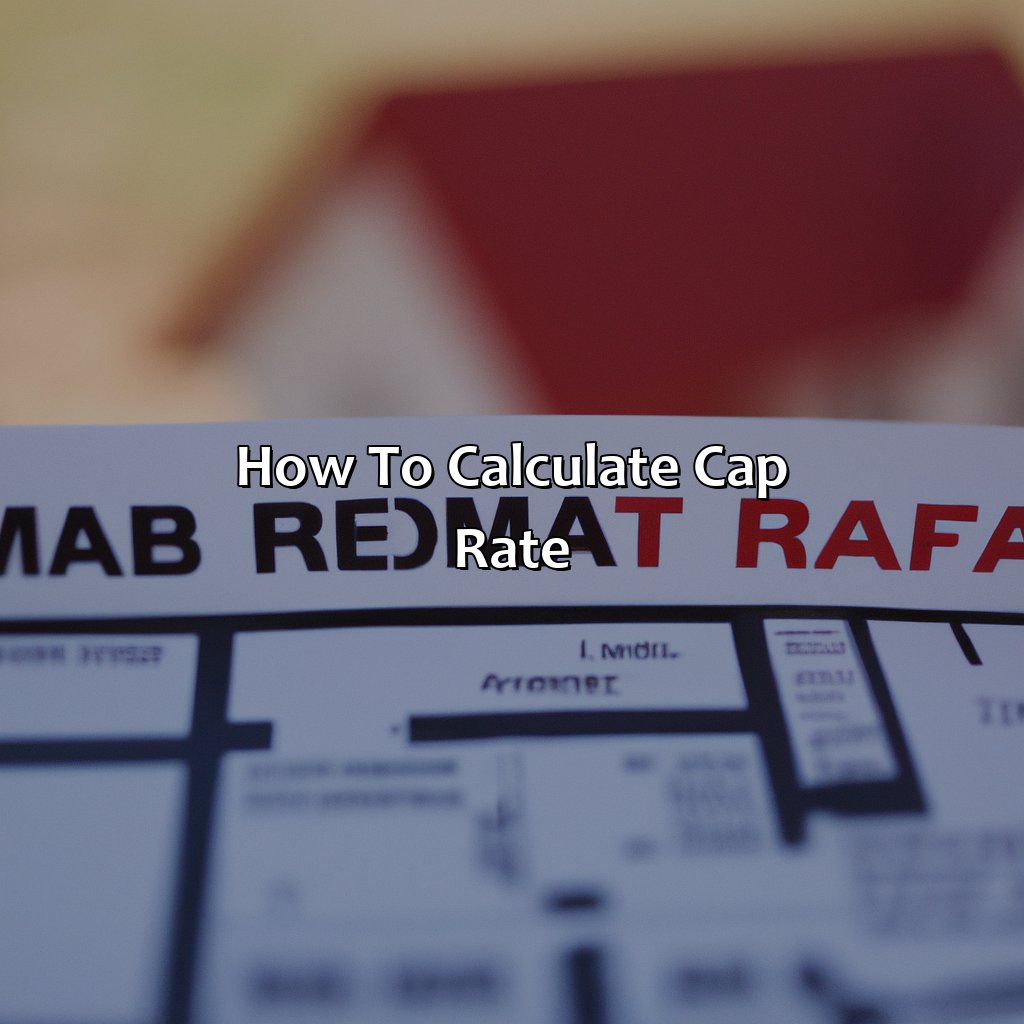
Image credits: retiregenz.com by David Arnold
Gathering Necessary Information
When calculating cap rate for an investment property, it is crucial to gather essential information about the property. This includes rental income over a certain period, operating expenses, purchase price, and market value.
To determine rental income, calculate the total rent collected from tenants monthly or annually. Operating expenses include repairs, maintenance costs, insurance premiums and any other costs associated with managing the property.
One unique detail to consider is using net operating income (NOI) calculated as total revenue minus all operating expenses excluding mortgage payments. This provides a more accurate representation of profitability for potential buyers.
Interestingly, gathering necessary information has become easier in recent years with the availability of online calculators and tools that can provide instant estimates.
Get ready to do some math, because applying the cap rate formula is like solving a puzzle – except the pieces are dollar signs.
Applying the Formula
When it comes to determining the cap rate for investment property, there are certain steps that need to be followed. These steps can vary depending on different factors such as the location and type of property being analyzed. However, there is a standard formula that can be applied to any investment property to calculate its cap rate.
To apply the formula and calculate the cap rate for an investment property, follow these three simple steps:
- Calculate the Net Operating Income (NOI) by subtracting all operating expenses from the total income generated by the property.
- Determine the market value or purchase price of the property.
- Divide the calculated NOI by either its market value or purchase price, depending on which one was used in step 2. The result will give you the cap rate for that particular property.
It’s important to note that while this standard formula is widely used in real estate investing, additional factors and calculations may also be taken into account depending on individual circumstances. Additionally, it’s worth noting that cap rates can vary significantly based on region, type of property, and other market conditions.
In practice, calculating cap rates has played a significant role in real estate investing for many years. It allows investors to quickly compare potential investment opportunities and identify those with better potential returns. By following this established formula and accounting for regional variations or unique factors when necessary, investors can make informed decisions and maximize their returns over time.
Let’s crunch the numbers and see if the cap rate can give your investments a high-five or a low-blow.
Examples of Cap Rate Calculation
Calculating the cap rate of investment properties requires knowledge of how to calculate it. Different types of properties have different rates. “Examples of Cap Rate Calculation” offers residential and commercial property examples. These will give you a practical understanding of how to calculate the cap rate for your investment.
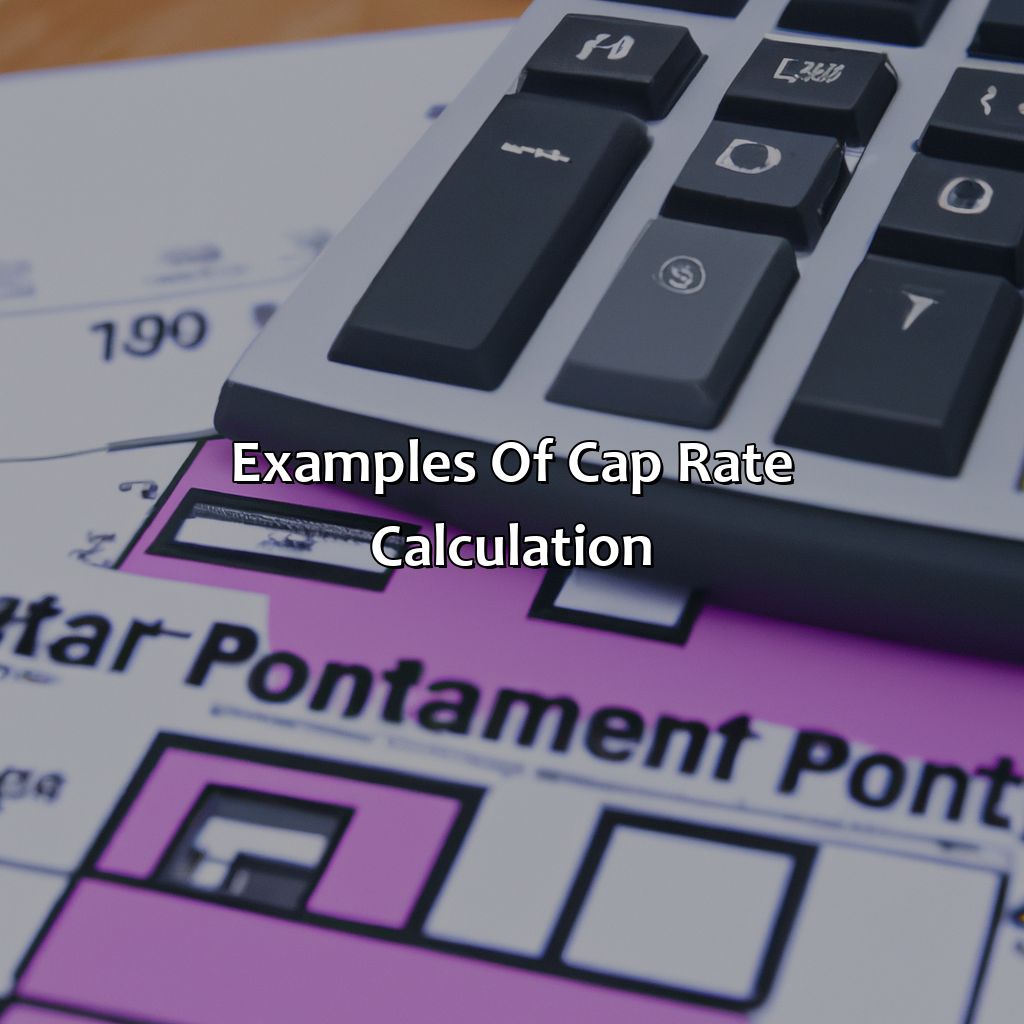
Image credits: retiregenz.com by Harry Jones
Residential Property Example
Investment in Residential Properties – How to Calculate Cap Rate
Investing in properties can be a great source of passive income and financial stability, but it requires careful analysis to ensure that the property investment is financially sound. One of the primary ways to evaluate the profitability of an investment property is by using the cap rate, or capitalization rate.
In order to calculate the cap rate for residential properties, you need two pieces of information: the net operating income (NOI) and the current market value of the property. The formula for cap rate calculation is simple – divide NOI by property value (*100% if you want to express in percentage).
Residential cap rates can vary widely based on factors such as location, condition and age of building and demand from tenants. An experienced real estate agent or investor can help you identify areas and buildings that have a strong rental history, good appreciation potential, and a stable resident base.
If you want to increase your ROI in residential properties, consider making improvements such as landscaping or updating appliances with more energy-efficient options; these upgrades attract higher-quality tenants who are willing to pay higher rentals leading to more future stability. Finally, plan maintenance ahead before repair issues become costly monsters down the road.
Remember that calculating the cap rate for your prospective property investment allows you to make a more informed decision about whether it’s worth investing in, or if looking elsewhere would make more sense for your long term financial goals.
Why settle for a 9-5 when you can have a 7-11 cap rate on your commercial property investment?
Commercial Property Example
Calculating Cap Rate in the Commercial Property market involves evaluating various factors, such as property value, revenue generated, operating expenses and debt services. To determine a property’s worth in this industry, investors and appraisers use the Cap Rate method to compare the investment returns with other options in the market.
In evaluating a commercial property example through this approach, consider finding out the asset’s net operating income (NOI) by subtracting expenses from revenues. Once you have calculated NOI and obtained current market value estimates for similar properties in that location, divide the NOI by the market value to reach an appropriate Cap Rate percentage. This calculation offers accurate knowledge about returns on investments compared to other available options.
It is essential to research thoroughly before investing in any commercial property. Analyze demographics and competition while adhering to real estate regulations in that area. Safeguard individual investments through partnerships or developing individual portfolios where prevalent risks can be mitigated.
Taking these measures into consideration will provide clarity regarding potential outcomes of commercial property investments using Cap Rates while keeping uncertainties associated with factors like shifts in demand patterns and complexities of economic cycles at bay.
Five Facts About Cap Rate for Investment Property:
Cap rate (capitalization rate) is a ratio used to determine the potential return on investment for income-producing properties. (Source: Investopedia)
The cap rate is calculated by dividing the net operating income (NOI) of a property by its purchase price. (Source: BiggerPockets)
A higher cap rate indicates a potentially higher return on investment, but also greater risk. (Source: The Balance)
The cap rate varies based on location, property type, and market conditions. (Source: Mashvisor)
Cap rate is just one factor to consider when evaluating investment properties, along with factors such as cash flow, appreciation potential, and market demand. (Source: FortuneBuilders)
FAQs about What Is The Cap Rate For Investment Property?
What is the cap rate for investment property?
The cap rate, or capitalization rate, is a financial metric used to determine the potential return on investment for a real estate property. It is calculated by dividing the net operating income by the property’s value.
Why is cap rate important for investment property?
The cap rate is important because it helps investors determine the potential return on their investment and compare different investment opportunities. It also helps determine the value of a property and whether it is a good investment.
What is a good cap rate for investment property?
A good cap rate for investment property can vary depending on the location, type of property, and the current market conditions. Generally, a cap rate between 6-10% is considered good.
How do you calculate the cap rate for investment property?
To calculate the cap rate for investment property, you need to determine the net operating income (NOI) of the property and divide it by the property’s value. The formula is: Cap Rate = Net Operating Income / Property Value.
What factors can affect the cap rate for investment property?
Several factors can affect the cap rate for investment property, including the property’s location, type, age, condition, rental market demand, vacancies, and operating expenses.
Can the cap rate change over time for investment property?
Yes, the cap rate for investment property can change over time due to changes in market conditions, property maintenance and improvements, rental vacancies, and operating expenses.
 Checkout this IRS Loophole
Checkout this IRS Loophole 
